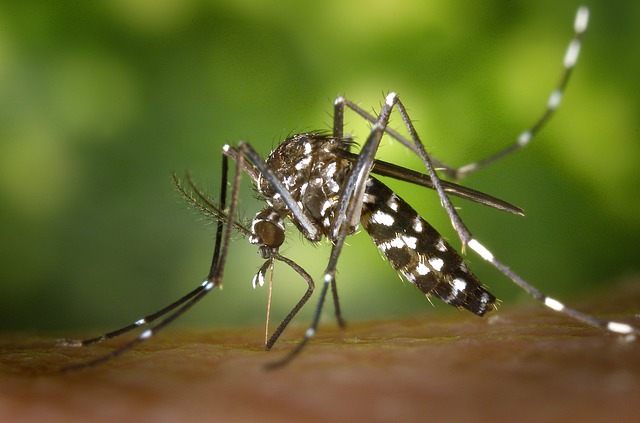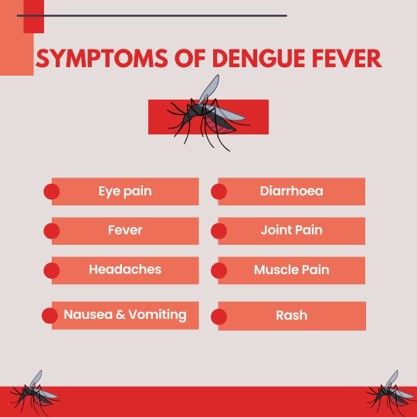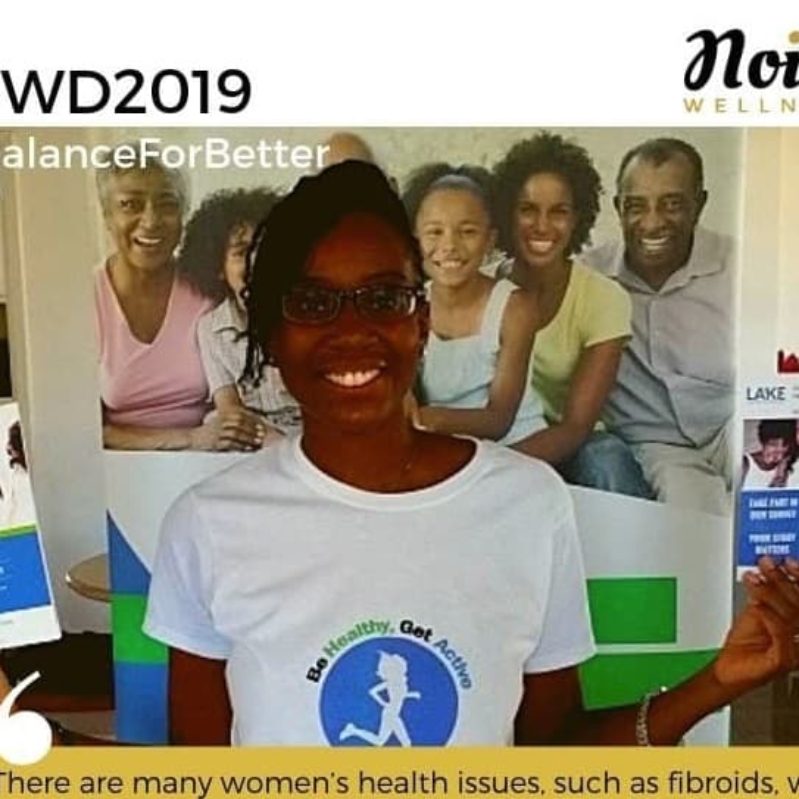We’re pleased to share another informative piece from our guest blogger, Teresa Coburn. In this article, Teresa provides an overview of dengue fever, including its causes, symptoms, and prevention tips.
With three decades of experience as a registered nurse, Teresa brings valuable clinical insight to her writing. Her focus is on creating accessible and informative health content to benefit readers.
Most people have had the unpleasant experience of being bitten by a mosquito. The allergic reaction to the mosquito’s saliva often causes red, itchy bumps on the skin. However, mosquitoes can transmit more severe diseases, such as dengue fever. This mosquito-borne viral illness affects millions of people worldwide.
Understanding Dengue Fever
The mosquito responsible for carrying the dengue virus is the Aedes Aegypti mosquito. In tropical and sub-tropical climates, the warm temperatures and high humidity provide the ideal breeding ground for this kind of mosquito and increase the risk of dengue fever transmission through the population.
These mosquitoes lay their eggs in and around our homes, especially in wet areas like water storage containers, plant pots, pet water dishes, and gutters. Unlike many mosquitoes, their eggs are laid above the water line, forming a hard protective shell that can remain viable for up to six months. Once exposed to water, these eggs hatch, and the cycle continues.

To lay her eggs, the female mosquito requires human blood, and her bite can transmit the dengue virus. It’s essential to note that there are four types of dengue fever viruses, and having one type does not provide immunity against the others, allowing for multiple infections over a lifetime.
Symptoms
- Sudden Onset:
- Dengue fever typically begins suddenly, with symptoms appearing 4-10 days after the bite of an infected mosquito.
- Common initial symptoms include high fever, severe headache, pain behind the eyes, joint and muscle pain, and a rash.
- Severe Dengue (Dengue Haemorrhagic Fever/Dengue Shock Syndrome):
- Sometimes, dengue fever can progress to severe dengue, characterised by severe abdominal pain, persistent vomiting, bleeding, and difficulty breathing.
- Severe dengue can be life-threatening and requires immediate medical attention.


Transmission and Prevention
Dengue is primarily transmitted through the bites of infected female Aedes Aegypti mosquitoes, most active during early morning and late afternoon. Preventive measures are crucial during these times:
Mosquito Bite Prevention
- Use insect repellent containing DEET or picaridin as these ingredients have been proven to be the most effective.
- Wear long-sleeved shirts, trousers, socks, and shoes to minimise exposed skin.
- Utilise mosquito nets, screens, or air conditioning to protect from indoor mosquito bites. (Note: the lower temperature created by the air conditioner deters mosquitos)
Mosquito Breeding Site Elimination
- Remove standing water from containers, flower pots, and gutters to eliminate potential mosquito breeding sites.
- Regularly clean and empty water storage containers, weekly if possible.
- Cover water storage containers to prevent mosquitoes from laying eggs.
Community Efforts:
- Raise awareness about dengue prevention in the community.
- Participate in clean-up campaigns to reduce mosquito breeding sites.
Treatment
Currently, there is no specific antiviral treatment for dengue fever. The primary approach is supportive care to manage symptoms, such as fever and pain. Severe cases may require hospitalisation.


Conclusion
Community members play a vital role in understanding and actively participating in Dengue prevention efforts. Simple steps, like avoiding mosquito bites and getting rid of breeding spots, help make the environment safer and healthier for everyone. Staying informed and taking preventive measures are important in reducing the impact of Dengue Fever.
Remember, Dengue prevention is a shared responsibility. By taking proactive steps, we can create a resilient community that lowers the risk of Dengue transmission and keeps everyone well.












